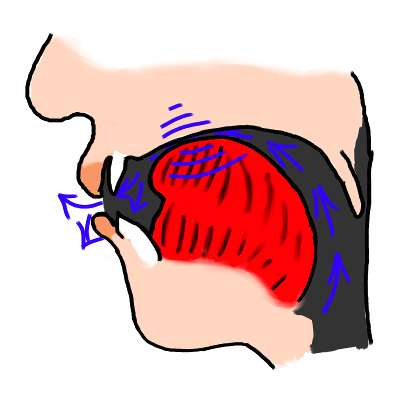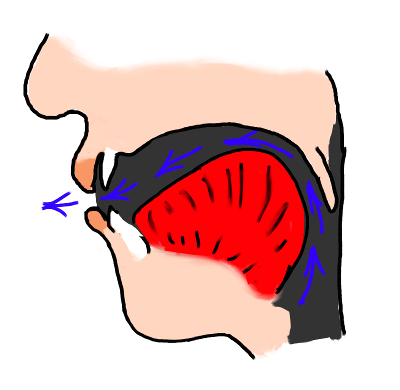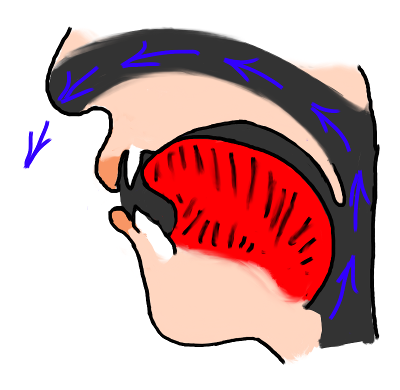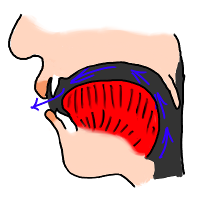How to pronounce jaune
Do you find the information below useful? If you do, you can get guides like it for 1,000+ French words by downloading this app for your iPhone or iPad.
| ʒ |  | This sound is the sound represented by the 'g' in "beige", or the 's' in the English word "leisure". | |
| o |  | The French 'close o' vowel is pronounced with the tongue far back in the mouth and with the back of the tongue raised up towards the soft palate (towards the back of the roof of the mouth). Holds the lips in a rounded, bunched position as you pronounce the vowel and avoid pronouncing it as a "glide" or diphthong. | |
| n |  | The French 'n' sound is similar to the 'n' of English "tenth", i.e. pronounced with the tip of the tongue touching the upper teeth. | |
| ə |  | The 'schwa' or 'neutral e' is pronounced with the tongue in a "central, relaxed" position and the mouth also in a 'half open, relaxed' position. Note that many French speakers actually tend to pronounce this vowel as a 'close eu' vowel (as occurs at the end of words ending in -euse), or at least with some rounding of the lips. | Even though the word ends in -e in the spelling, notice how in the pronunciation, this vowel isn't "fully" pronounced. Instead, the syllable before it receives the stress. |